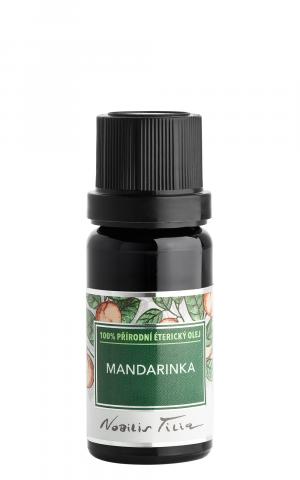Red yew (Taxus baccata)
Other names: Taxus communis
Harm score: 1 (Natural substances)
The red yew or Taxus baccata is a tree that is also known as Taxus communis. It is a species of tree in the Yew family (Taxaceae) that is spontaneously distributed throughout western, central and southern Europe as far as the Caucasus. In the Czech Republic, this species-poor and extremely rare, prehistoric and relict community is included in the list of priority habitats of the European Union.
It is a tree that is valued for its hard and heavy wood, which is highly resistant to decay. The wood is dark brown with a striking, almost black, annual pattern. In the past it was used to make bows, hence the English name \'yew\' (pronounced [ju:]) for this tree, which is derived from the Old English word \'iw\', meaning bow. Today it is used to make a variety of jewellery, musical instruments and furniture. However, the wood is quite rare and therefore quite expensive. Red yew is also valued for its ability to regenerate and is popular as an ornamental plant. In medieval times, the red yew was considered a symbol of immortality and a tree that had the ability to unite the world of the living and the dead. It is a very ancient species, with some specimens dating back thousands of years.
The red yew contains, with the exception of the fruit pulp, the poisonous alkaloid taxine. This property is used in modern medicine, especially in oncology, where substances from yew are used in the treatment of certain types of cancer, namely breast and lung cancer. Yew extract is used in the production of the drug paclitaxel, which is effective against several types of tumours. It is this medicinal property of the red yew tree that makes it one of the most important sources for the pharmaceutical industry.
You won't find this substance in our products. Try the natural, chemical-free products in our range.

toothbrush with silver blue - medium
Product detail
Glass cleaner with BIO orange and citronella (750 ml)
Product detail
Mandarin 10ml
Product detail
Bio Soothing Lavender Hyaluronic Serum 50 ml
Product detail
Universal cleaner 10 l
Product detail